One of my favorite TV shows when I was little was Flipper. It was about a wild dolphin who befriended this family and did amazing dolphin stunts for them while enforcing the law, rescuing people at sea and taking care of Sandy and Bud, the two main characters in the show.
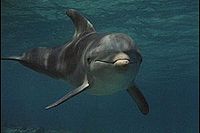
Here’s Flipper, actually Flipper was played by 5 different dolphins,
most of the time by a dolphin named Cathy
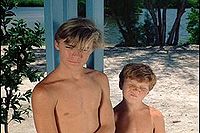
Sandy and Bud
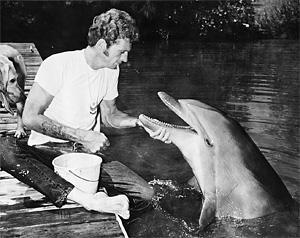
Ric O’Barry, the trainer who personally caught all the dolphins in the show
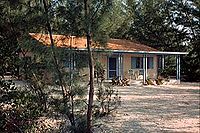
The TV-show house which in real life was Ric O’Barry’s house located at Miami Seaquarium
I liked the show so much I wanted to be a marine biologist for awhile. So many people liked the show so much that it started the whole industry of Seaworld and all the other sea aquariums where dolphins and whales put on shows for the public.
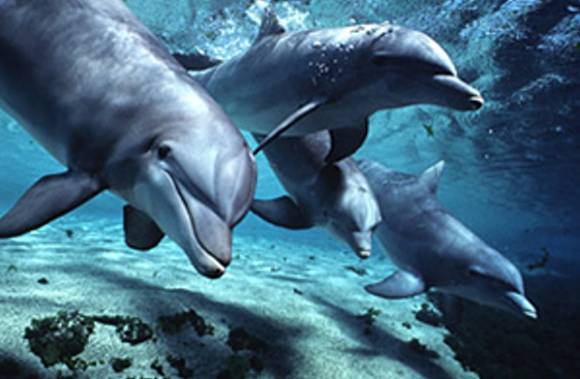
The show ran for 3 years and during this time Ric O’Barry got really rich. He was considered the top dolphin trainer in the world.
He said about the show:
I captured the five dolphins that collectively played the part of Flipper. I trained all of them, from the very beginning of the first show to the last show. I lived with all five of them in the Seaquarium. And on Friday nights, at 7:30, I would take the TV set, with a long extension cord, out to the end of the dock, so Flipper could watch Flipper on television. And that’s when I knew they were self-aware. I could tell when the dolphins recognized themselves and each other. Cathy, for example, would recognize the shots she was in, Suzy would recognize her shots, and so on. Dolphins are hard to read, because you have to look at body language. Almost all other animals you can read by looking at their faces. But dolphins have this built-in “smile” that makes it look like they’re always happy.
The truth was, and still is, that dolphins in captivity are miserable. They spike their fish with Tagamet and Maalox to help relieve the pain of their ulcers from the stressful conditions they live under.
Anyway, the turning point for Ric O’Barry came when his favorite “Flipper” dolphin Cathy died. He explains this in the movie The Cove, and here is an excerpt from an interview in New York Entertainment where he explains how.
How did your ideas about captivity turn around?
Cathy died in my arms, of suicide. It was just before Earth Day, 1970. The next day, I found myself in a Bimini jail, trying to free a dolphin for the first time. I completely lost it.
How do you know it was suicide?
You have to understand, dolphins are not automatic air breathers like we are. Every breath for them is a conscious effort. She looked me right in the eye, took a breath, held it — and she didn’t take another one. She just sank to the bottom of the water. That had a profound effect on me.
And now, for the last 30 years, O’Barry has been trying to undo what he basically started. He goes around the world trying to free as many dolphins as he can in as many places as he can and tries to bring as much awareness as possible to the horrors that lie behind these businesses.
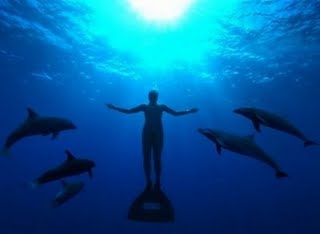
Photo from The Cove, produced by the Oceanic Preservation Society
The movie The Cove talks about all of this in general, but focuses mostly on the Japanese city of Taiji, where dolphins are rounded up between September and March in huge numbers.
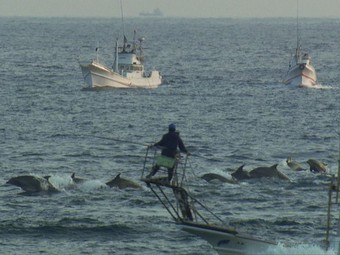
In these fishing boats they round up the dolphins by putting long metal pipes into the water and banging on the pipes with hammers – because dolphins are hyper-sensitive to sound, and because it is their primary sense, it is easy to herd them in the direction they want
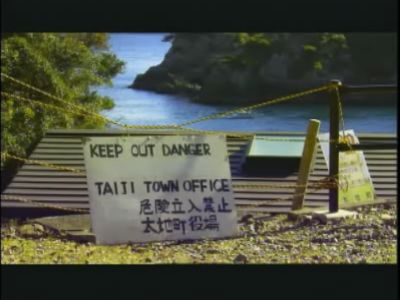
No doubt they want to keep everyone away from the area
The first day the dolphins are caught they are sold to sea aquariums. Trainers and buyers come from all over the world to select the animals they want, usually young females, and pay $150,000 apiece for them.

On the second day, the dolphins who are not sold are rounded up into this cove
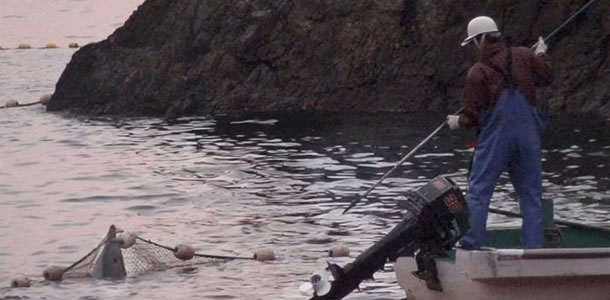
Under the cover of darkness they begin to kill EVERY SINGLE DOLPHIN
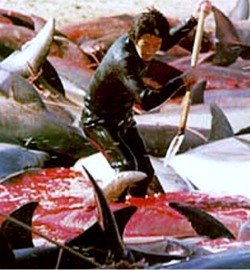
It’s sick and disgusting. Seriously, what is wrong with humans? To get these photos the team of people working on the movie had to cross over rows of razor wire using night vision goggles and hide cameras in fake rocks so as not to be discovered. Literally they made this movie at risk to their lives.
They kill 23,000 dolphins every year in Taiji, Japan.
After this, the nightmare continues as the dolphin meat is unknowingly sold to the Japanese as whale meat. The allowable level for mercury in fish is .4 parts per million. Dolphin meat from Taiji has a 2000 ppm contamination level of mercury. One of their government plans to get rid of the meat was to give the food to their school children as part of their compulsory school lunch program. In interviews the Japanese public were unaware all this was going on.
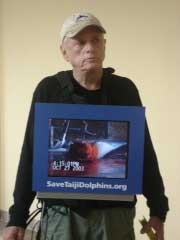
Toward the end of the movie O’Barry walked into an International Whaling Commission meeting with a TV strapped to his chest playing a loop of the carnage that goes on in Taiji. A really brave way to stage a peaceful protest.
Anyway, this movie deserves support and the word needs to get out about this. To find out more about what you can do go to takepart.com/thecove .
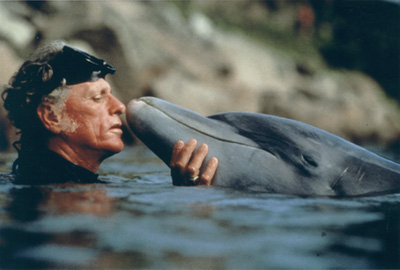
Ric O’Barry today, who said if he had really been aware of what was going on at the time during the TV show Flipper and where it was all headed, he would have not looked away but would have, and should have, set all the dolphins free
 em that I wished to have 100 pills like the doctor wrote on the prescription and not use my insurance, they charged me $127.67.
em that I wished to have 100 pills like the doctor wrote on the prescription and not use my insurance, they charged me $127.67.
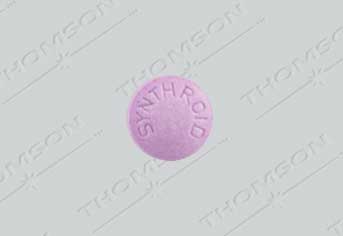



















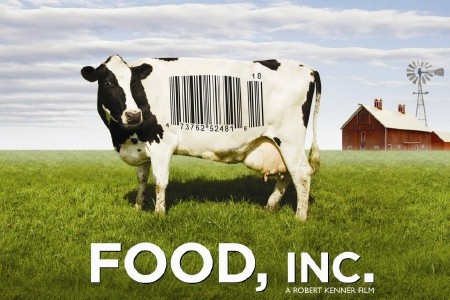
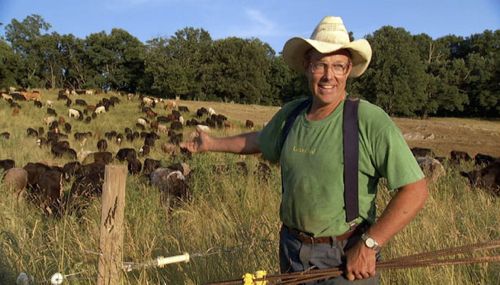
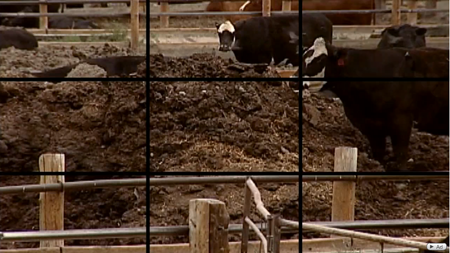
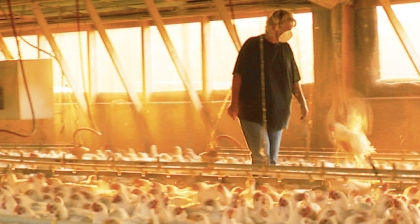
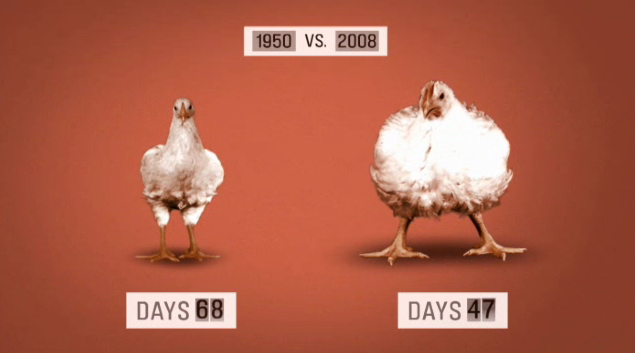
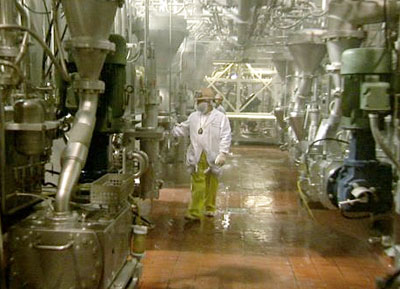
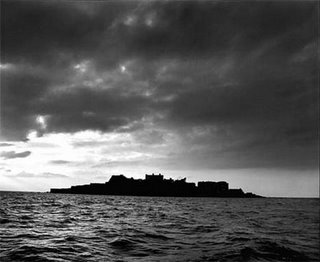


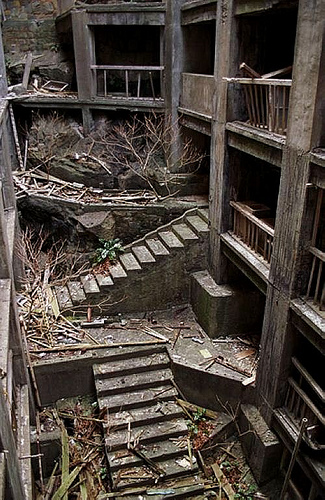
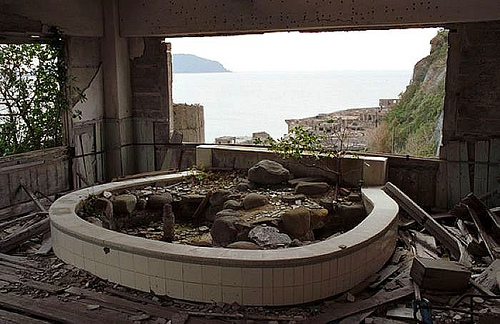
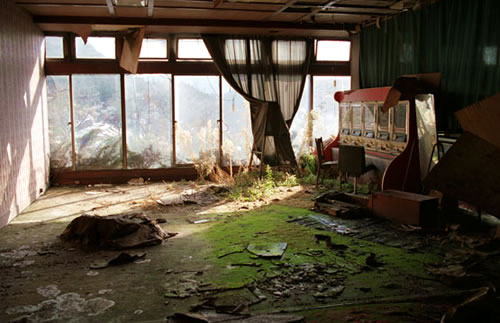
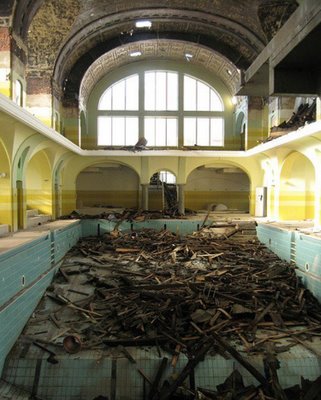

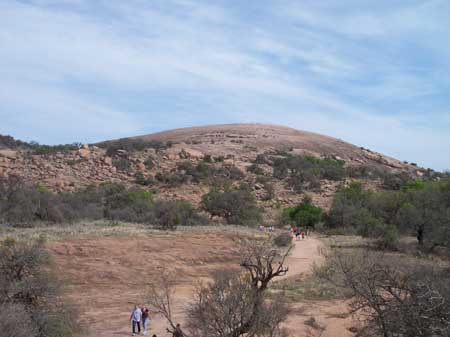
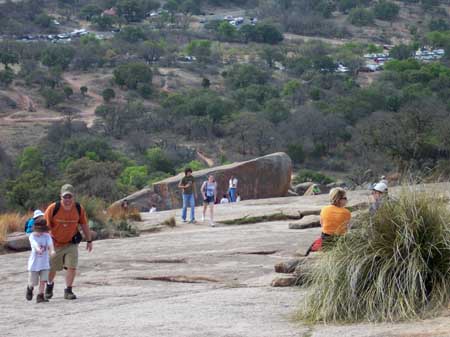
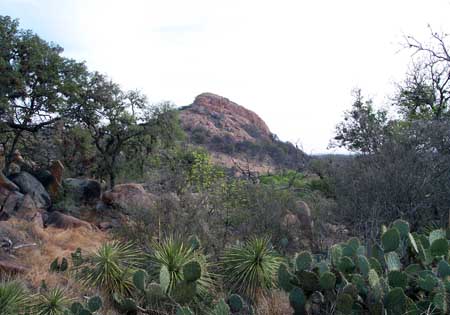
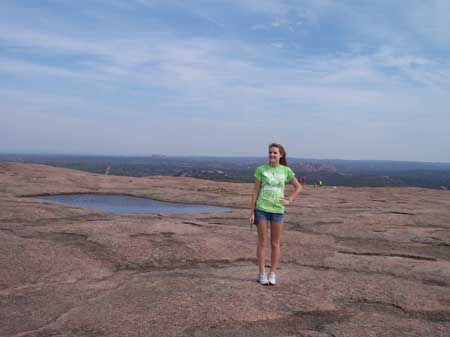

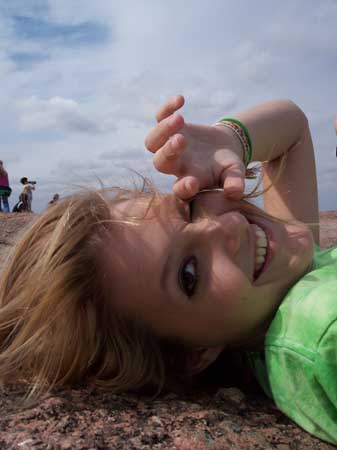
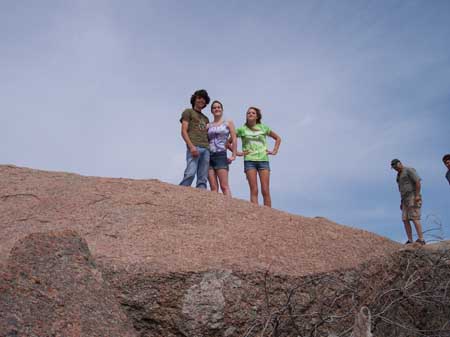
You must be logged in to post a comment.